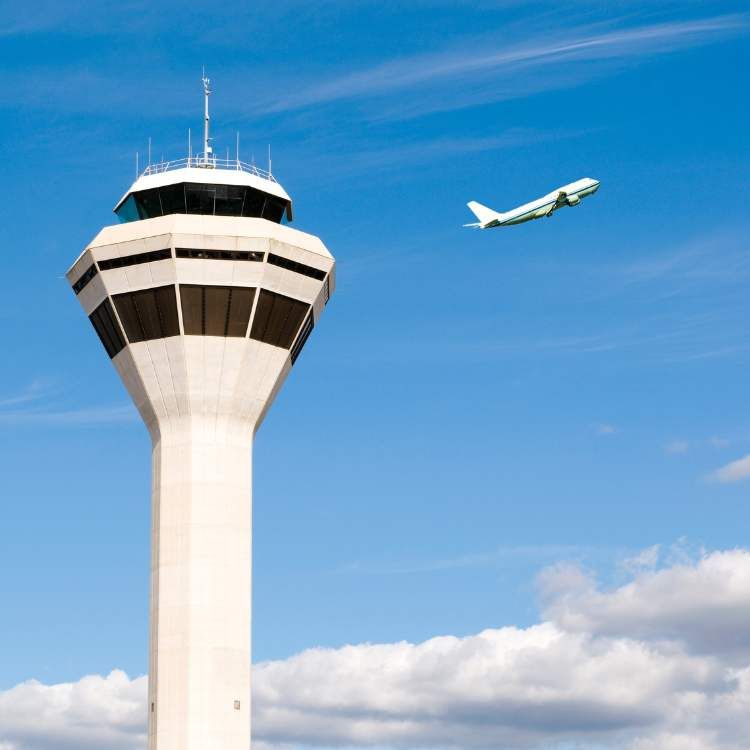
Key Takeaways
Air traffic control towers are critical for airport safety and efficiency, but their designs can also inspire city planners and architects.
Unique tower designs often reflect the culture, history, and technological advancements of their locations.
Seattle-Tacoma International Airport’s tower is a prime example of innovative design that meets rigorous safety standards.
Future city planners can learn from the integration of advanced technology and sustainability in tower construction.
Understanding the design process behind these towers provides valuable insights into balancing form and function in urban architecture.

A Higher Perspective: Exploring Unique Air Traffic Control Tower Designs
When you think of air traffic control towers, you might picture a tall, nondescript building with a panoramic view. But there’s so much more to these structures than meets the eye. These towers are the nerve centers of airports, ensuring the safety and efficient movement of aircraft. Yet, some of them are also stunning pieces of architecture, standing as landmarks and symbols of innovation. Let’s take to the skies and explore how unique designs in air traffic control towers are not just guiding planes but also inspiring future city planners.
Function Meets Aesthetics in Tower Design
Most importantly, air traffic control towers have a job to do: manage the complex dance of aircraft as they land and take off. However, that doesn’t mean they can’t look good while doing it. The design of these towers often incorporates local culture and history, making them part of a city’s identity. For example, the traditional tower design might be tweaked to resemble local landmarks or to blend with the natural landscape. This thoughtful approach shows that practical buildings can also enhance the aesthetic appeal of their surroundings.
Guiding Skies with Architectural Marvels
But these towers are more than just pretty faces. They’re marvels of engineering, designed to withstand everything from high winds to earthquakes. Architects and engineers work together to create structures that are not only safe and functional but also visually striking. This collaboration results in towers that are as much a testament to human ingenuity as they are to air traffic safety.
Because air traffic control towers are so essential, they’re often the first part of an airport that passengers see. This makes them the perfect canvas to showcase a city’s commitment to innovation and design. As we delve into the details of some notable towers, you’ll see just how much thought goes into creating these commanding yet elegant structures.
Inspiring Skies: The Role of Design in Air Traffic Control
Why does design matter for these critical pieces of aviation infrastructure? It’s simple: a well-designed tower can improve the work environment for the controllers inside, which can lead to better job performance. Plus, an aesthetically pleasing tower can become a landmark for the city it serves, attracting tourists and boosting civic pride.
Why Design Matters for Air Traffic Control Towers
Air traffic control towers need to be highly functional, but they also represent the cities and countries they serve. A unique design can convey a message about the place’s identity and values. Think of it this way: if an airport is a city’s front door, then the control tower is the doorknob. It’s the first thing you notice and the first opportunity to impress. That’s why the design of these towers is about more than just appearances—it’s about making a statement.
Combining Safety, Functionality, and Beauty
Therefore, when architects draft the blueprints for a new tower, they’re not just thinking about the lines and curves of the structure. They’re considering how the design will affect air traffic controllers’ ability to do their jobs. They’re thinking about how to incorporate the latest technology. And they’re finding ways to make the tower environmentally friendly. It’s a complex puzzle, but when the pieces come together, the result is a building that’s safe, functional, and beautiful.
An Architect’s Vision: Notable Air Traffic Control Towers and Their Features
Let’s talk about some real-world examples. Across the globe, there are towers that break the mold and redefine what these structures can be. They’re not just standing tall; they’re making a statement.
Seattle-Tacoma International Airport (SEA) Tower: Sky-High Innovation
“Seattle-Tacoma International Airport …” from www.airport-technology.com and used with no modifications.
Take the tower at Seattle-Tacoma International Airport, for instance. It’s not just a tower; it’s a beacon of innovation. Rising high above the airport, its sleek design isn’t just for show. The tower’s shape and materials were chosen for their durability and ability to withstand the Pacific Northwest’s weather. Its glass walls provide controllers with a clear view of the runways and taxiways, which is critical for maintaining safety. The tower’s design is a lesson in how form can support function, providing a comfortable and efficient workspace for the controllers inside.
Denver International Airport (DEN) Tower: A Nod to Cultural Heritage
“File:Denver International Airport Tower …” from commons.wikimedia.org and used with no modifications.
Denver International Airport’s tower design pays homage to the region’s rich Native American history. Resembling a teepee, the tower stands as a symbol of the area’s cultural heritage. This is a prime example of how a functional building can also serve as a cultural landmark. The tower’s design goes beyond aesthetics; it features a tapered shape that is not only visually appealing but also aerodynamic, offering less wind resistance.
San Francisco International Airport (SFO) Tower: Earthquake-Resilient Icon
“Air Traffic Control Tower | San …” from www.flysfo.com and used with no modifications.
San Francisco’s air traffic control tower showcases the importance of designing with natural disasters in mind. The tower is engineered to be earthquake-resistant, a necessity in a city that sits on the San Andreas Fault. This tower proves that safety can be seamlessly integrated with cutting-edge design, resulting in a structure that is both a work of art and a fortress against the forces of nature.
Because of its innovative use of base isolators, which are like shock absorbers for buildings, the SFO tower can withstand significant seismic activity. This technology is a testament to human ingenuity and a crucial lesson for city planners: with the right design, even the most challenging environments can be conquered.
Designing for the Future: Technology and Sustainability in Towers
As we look to the future, the integration of technology and sustainability in air traffic control towers is not just a trend—it’s a necessity. Airports are becoming smarter, and their towers must keep pace. Advanced technology helps controllers manage air traffic more efficiently, while sustainable design reduces the environmental impact of these essential structures.
Future city planners can draw inspiration from these towers, learning how to incorporate smart technology and green initiatives into their projects. Whether it’s through energy-efficient lighting, rainwater harvesting systems, or the use of renewable materials, the goal is clear: to create buildings that are as kind to the planet as they are to the eye.
Integrating Advanced Technology in Tower Operations
Today’s air traffic control towers are equipped with the latest technology to ensure the safety and efficiency of air travel. Radar systems, advanced communication networks, and automated flight tracking are just a few examples of the high-tech tools at controllers’ fingertips. These technological advancements are essential for managing the ever-increasing volume of air traffic.
Moreover, technology in these towers is often used to streamline operations, reducing the risk of human error. For example, digital flight strips replace the traditional paper versions, providing controllers with real-time updates and alerts.
And let’s not forget about drones. As unmanned aircraft become more common, towers are adapting to monitor and direct this new type of air traffic. This is where city planners can really learn a thing or two about anticipating future needs and incorporating flexibility into their designs.
Green Towers: Sustainability in Air Traffic Control
Sustainability is no longer an afterthought—it’s a priority. Air traffic control towers are embracing green design principles, from using natural light to minimize energy consumption to installing systems that recycle greywater. These efforts not only reduce the environmental footprint of the towers but also set a standard for other buildings to follow. Learn more about emission reduction strategies in the aviation industry.
Green towers are not just about being environmentally friendly; they’re also cost-effective in the long run. By utilizing sustainable materials and renewable energy sources, airports can significantly cut down on operational costs. This is a powerful message for city planners: sustainable design is not only good for the earth, it’s good for the budget too.
From Dreams to Blueprints: The Process Behind Building an ATC Tower
Turning a vision for a new air traffic control tower into reality is no small feat. It involves a meticulous planning process, where every detail must be carefully considered. From the initial sketches to the final construction, building an ATC tower is a journey of collaboration, innovation, and precision.
Understanding the Architectural Planning of ATC Towers
The architectural planning of an ATC tower begins with understanding the unique needs of the airport it will serve. Planners must consider a myriad of factors, including local weather patterns, the volume of air traffic, and the surrounding terrain. They also need to think about the future—how will the airport grow, and how can the tower accommodate that growth?
Navigating the Complexities of ATC Design and Construction
Building an air traffic control tower is a complex puzzle. Planners must navigate a web of regulations and standards, ensuring that the tower is compliant with all safety requirements. They must also manage the logistics of construction, which can be challenging on a busy airport site.
Coordination is key. Planners must work in harmony with airport operations to minimize disruptions. They also need to keep an eye on the budget, making sure that the project stays within financial constraints without compromising on quality or safety.
The Beauty of Engineering: Innovative Air Traffic Control Towers Around the World
As we travel around the world, we can see the beauty of engineering in the form of innovative air traffic control towers. These structures are not just functional; they’re inspiring. They push the boundaries of what’s possible, both in design and technology, and they stand as beacons of human achievement.
From the elegant curves of the tower in Abu Dhabi to the futuristic design of the new Istanbul Airport tower, these structures are more than just part of the airport—they’re part of the skyline. They tell a story of progress and possibility, reminding us that when we reach for the sky, we can create something truly remarkable.
Iconic Towers and Their Cultural Significance
Iconic towers are more than landmarks; they’re symbols of their cities and countries. They often incorporate elements of local architecture and cultural significance, creating a sense of place and identity. For city planners, these towers serve as a reminder that buildings can and should reflect the spirit of the communities they serve.
Take, for example, the control tower at Edinburgh Airport, which mirrors the city’s historic charm while providing a modern twist. Or consider the traditional Thai influences in the design of Bangkok’s Suvarnabhumi Airport tower. These towers are not just about directing planes; they’re about directing attention to the rich cultural tapestry of their locations.
Iconic Towers and Their Cultural Significance
Iconic towers do more than guide planes; they stand as cultural beacons, each telling a story about its homeland. They are a blend of the past and the present, symbolizing a region’s history and its technological stride into the future. For city planners, these structures are poignant reminders that design can serve as a bridge between a city’s heritage and its modern identity.
The Influence of Local Architecture in Tower Design
Local architecture plays a significant role in shaping the design of air traffic control towers. These structures often incorporate traditional design elements, materials, and motifs that reflect the region’s architectural heritage. By doing so, they create a sense of belonging and cultural continuity. For instance, the intricate lattice work on the Jeddah Tower in Saudi Arabia echoes the region’s Islamic art, while the use of red and white in Tokyo’s Haneda Airport tower pays homage to Japanese aesthetics.
Such considerations in tower design not only foster local pride but also contribute to a global tapestry of architectural wonders. For city planners, this approach is a powerful lesson in respecting and preserving cultural identities while pushing the envelope in innovative design.
FAQs
Now, let’s answer some frequently asked questions about air traffic control towers. These are the kind of queries that spark curiosity and drive the field forward. Whether you’re an aspiring city planner, an architecture enthusiast, or just someone fascinated by the intersection of design and aviation, these insights can deepen your understanding of these towering achievements.
What Is the Tallest Air Traffic Control Tower in the World?
The title of the tallest air traffic control tower in the world currently belongs to the new Istanbul Airport tower in Turkey, which stands at an impressive height of 368 feet (112 meters). The tower’s design, inspired by the tulip, a symbol of Istanbul, is a testament to how cultural elements can be integrated into modern structures.
Its height is not just for show; it serves a functional purpose by providing air traffic controllers with a wide, unobstructed view of the entire airport. This ensures that they can maintain a safe and efficient flow of air traffic. For city planners, the tower’s stature is a reminder that form and function can reach new heights when they work in tandem.
Height, however, is just one aspect of a tower’s design. What’s most impressive is how these structures manage to balance their towering presence with elegance and cultural relevance, making them unforgettable landmarks.
How Do Designers Balance Aesthetics with Functionality in ATC Towers?
Designers balance aesthetics with functionality in air traffic control towers by adhering to stringent safety standards while allowing room for creative expression. The primary function of these towers is to provide a clear line of sight for controllers to manage air traffic. This necessitates a design that maximizes visibility and minimizes obstructions.
However, within these constraints, architects find ways to innovate. They use materials that not only meet safety requirements but also add to the tower’s visual appeal. They incorporate symbolic shapes and motifs that resonate with local culture. The balance is achieved by a harmonious blend of technical requirements and artistic vision.
Can Air Traffic Control Towers Withstand Natural Disasters?
Air traffic control towers are engineered to withstand a range of natural disasters, including hurricanes, earthquakes, and tornadoes. This is achieved through the use of advanced construction materials, innovative design techniques, and adherence to strict building codes.
For example, the use of reinforced concrete and steel, along with flexible building joints, can help towers absorb and dissipate seismic forces during an earthquake. These design considerations ensure that towers remain operational even in the face of natural calamities, maintaining the safety and efficiency of airport operations.
What Are Some Emerging Trends in ATC Tower Design?
Emerging trends in air traffic control tower design include the incorporation of smart technology, sustainable building practices, and modular construction techniques. Smart technology, such as automated systems and real-time data analytics, is being used to enhance the efficiency and accuracy of air traffic management.
Sustainability is another key trend, with new towers being designed to minimize energy consumption and environmental impact. This is achieved through the use of renewable energy sources, high-efficiency lighting, and natural ventilation systems. Modular construction techniques are also gaining traction, allowing for faster and more cost-effective tower construction.
How Does an Air Traffic Control Tower’s Design Affect Airport Operations?
The design of an air traffic control tower directly affects airport operations by influencing the controllers’ ability to manage air traffic safely and efficiently. A well-designed tower will provide a clear and unobstructed view of the runways, taxiways, and terminal areas. It will also be equipped with the latest technology to aid in communication, surveillance, and navigation.
Additionally, the tower’s design can affect the overall workflow and ergonomics for the controllers working inside. By creating a comfortable and functional work environment, designers can help reduce fatigue and improve concentration, which is crucial for maintaining high safety standards in airport operations.
In conclusion, the design of air traffic control towers is a critical aspect of airport infrastructure that impacts not only the safety and efficiency of air travel but also serves as a source of inspiration for city planners and architects around the world. As we continue to push the boundaries of design and technology, these towers will undoubtedly remain symbols of our collective ingenuity and our enduring desire to reach for the skies.

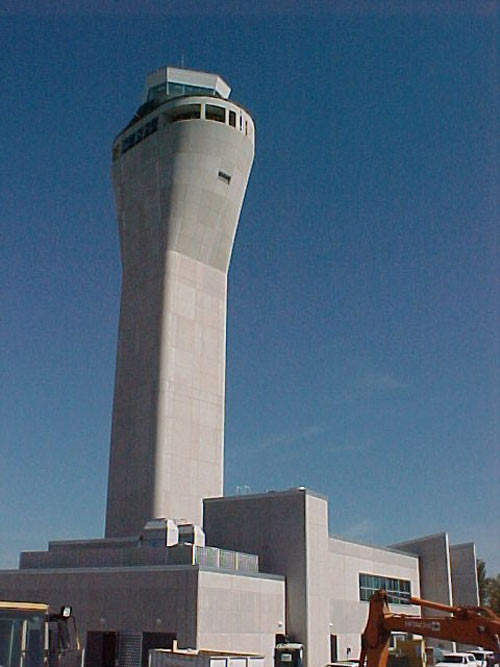

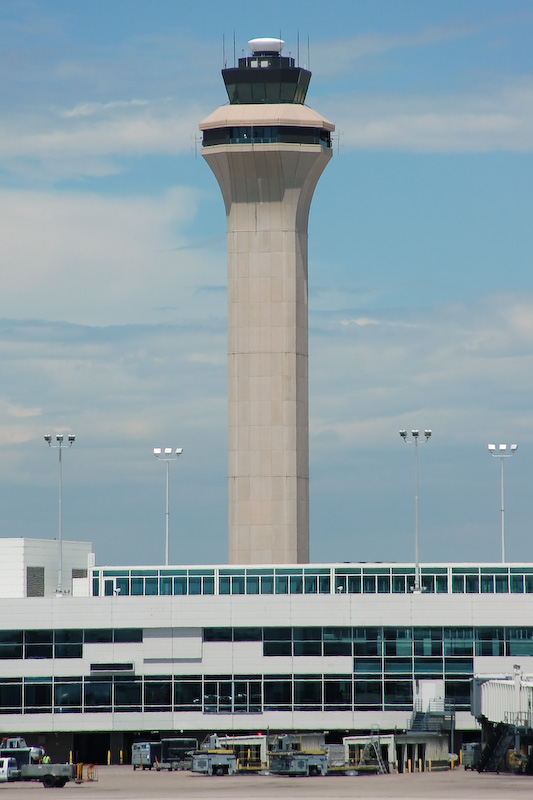
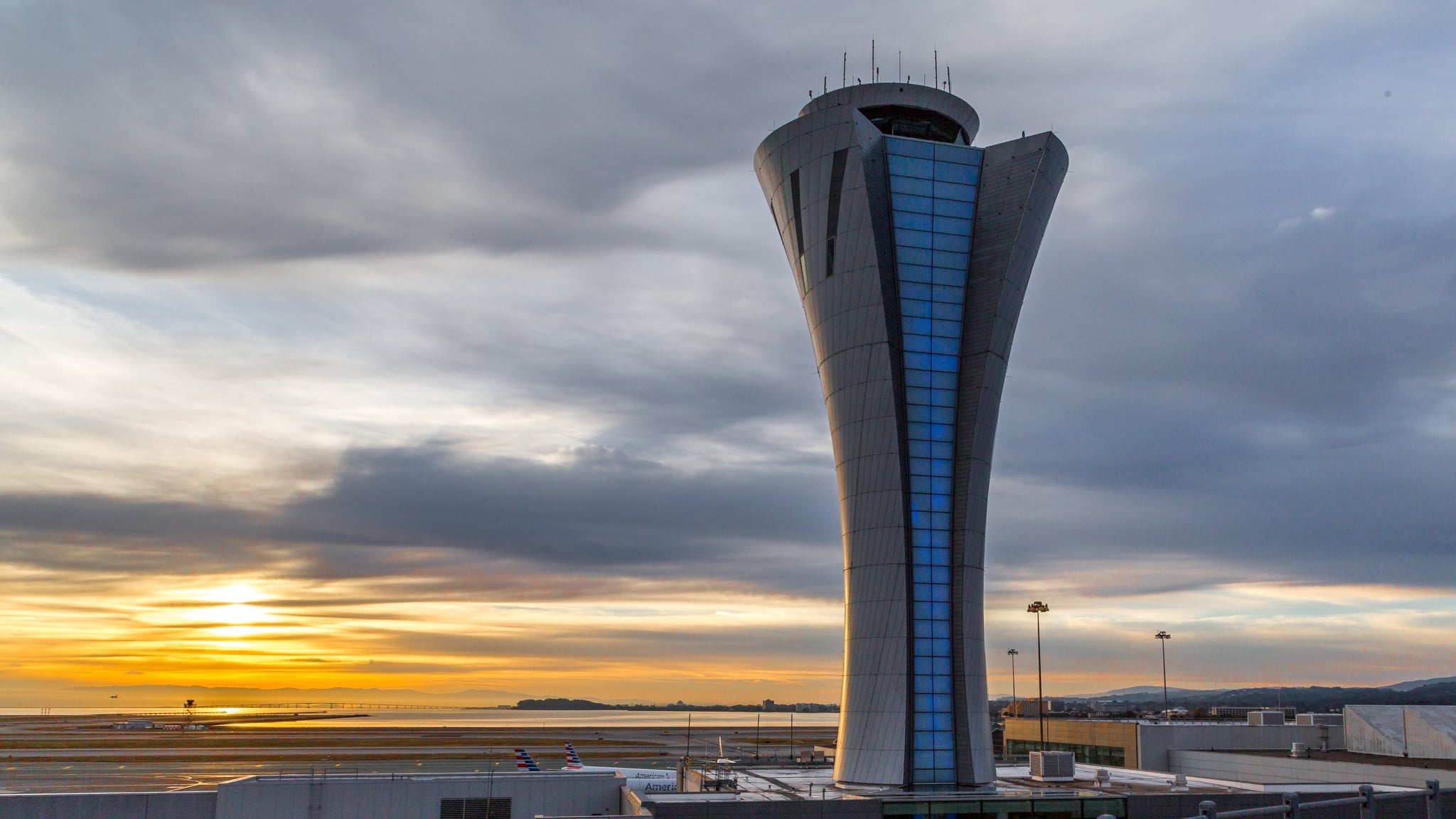

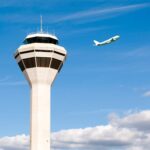

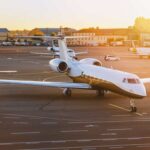
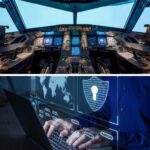





Leave a Reply